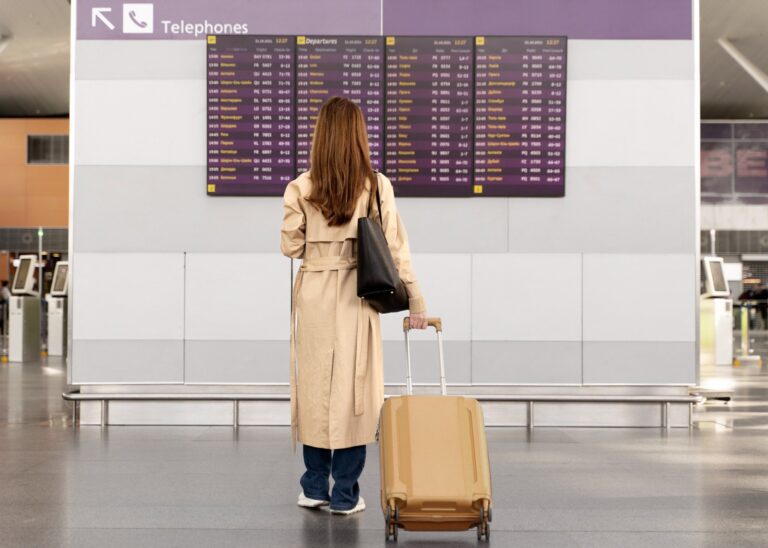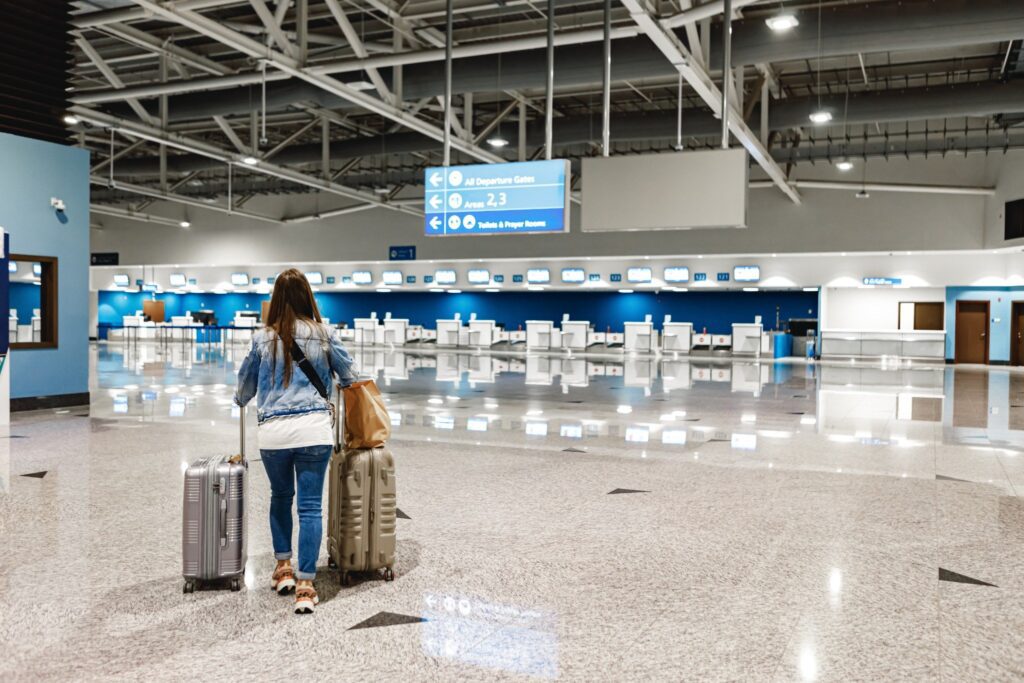
Flying used to be a chore. Now, for many, it’s the highlight of their journey. Airports have shifted from being purely transit hubs into vibrant spaces that mix functionality with flair. With growing passenger numbers and heightened expectations, the way airports operate—and what travelers expect from them—has changed dramatically.
Tech isn’t just a background player anymore—it’s front and center in the traveler’s journey.
Gone are the days of squinting at departure boards and feeling overwhelmed in unfamiliar terminals. Airports now use digital signage and intuitive wayfinding systems to guide travelers through every stage of their trip. A key player in this change? The LED video wall.
This modern solution delivers real-time updates, flight changes, and boarding gate details—all in sharp resolution and vibrant color. Not only are they easier to spot across the concourse, but they’re also more adaptable than traditional static signage. The ability to push dynamic content instantly helps keep passengers informed and moving.
From mobile boarding passes to GPS-enabled apps that lead you to your gate or the nearest coffee shop, airports are embedding themselves into the digital life of travelers. These tools reduce stress and make tight layovers a lot more manageable.
Airports aren’t just investing in tech—they’re creating visual experiences.
An LED video wall isn’t just a flashy feature. It serves as a command center for the eyes. You’ll often see them broadcasting flight schedules, baggage carousel details, and airport alerts. Their clarity and scale make them impossible to ignore—and that’s the point. When information is urgent, visibility is everything.

In addition to traveler info, LED walls double as monetization tools. Airports lease ad space on these high-impact displays to brands eager to reach a captive audience. It’s smart business: travelers waiting to board have time to watch, and ads displayed on large, immersive screens tend to stick better than posters or print.
Strategically placed LED walls can even guide movement. Subtle animations or prompts can help reduce bottlenecks, improve queue management, or simply make spaces feel more alive. Some terminals even display calming visuals to ease anxiety—think flowing waterfalls or scenic views.
Nobody enjoys long security lines. But now, automation is helping to ease the process.
Airports around the globe are piloting and rolling out facial recognition technology for check-ins, boarding, and even customs. This touchless process speeds things up while also improving accuracy. For many frequent fliers, it’s become second nature.
Tag it, drop it, and go. Smart baggage systems now scan and track bags with minimal human intervention. Travelers can even monitor their luggage in real-time via mobile apps—another layer of convenience that turns stress into reassurance.
Aesthetics aren’t just about looking good—they’re about feeling good, too.
Long layover? Jet lag creeping in? More airports now offer wellness zones complete with yoga spaces, massage chairs, and nap pods. These spots turn downtime into self-care opportunities.

For travelers seeking a break from the buzz, quiet zones are a godsend. Many modern terminals are incorporating sound-absorbing materials and designated silent zones, helping passengers recharge before takeoff.
Green isn’t just a color theme—it’s a commitment.
Sustainable airport design is becoming standard. From skylights that flood interiors with natural light to advanced insulation that cuts down on heating and cooling, new builds are focused on energy conservation without sacrificing comfort.
LED lighting—often in combination with smart motion sensors—is reducing energy usage significantly. And it’s not just the lights. HVAC systems now adjust automatically based on occupancy and weather conditions. Some airports even integrate their LED video wall systems into the broader energy management strategy.
Forget plastic-wrapped sandwiches and bland gift shops.
Airports now showcase a curated mix of culinary options, from beloved local eateries to upscale global chains. Passengers aren’t just fueling up—they’re tasting a slice of the city.
Pop-up stores, interactive product demos, and AR-powered mirrors are turning airport retail into a place of entertainment. You’re not just shopping—you’re engaging, and sometimes, even playing.
Airports are no longer the prelude to the journey—they’re part of it.
With art installations, digital storytelling, and LED video wall displays that rival those in Times Square, airports are becoming memorable places in their own right. Travelers are arriving earlier—not just to beat the lines, but to experience what the terminal has to offer.
As passenger traffic continues to surge, airports are pushing boundaries to stay ahead. From AI-powered service bots to immersive LED installations that span entire walls, one thing’s clear: modern airports are not standing still.
Airports today aren’t what they used to be—and that’s a good thing. The focus has shifted to passenger comfort, technological convenience, and engaging design. Whether it’s the stunning visuals from an LED video wall or the seamless check-in via facial recognition, every innovation serves one core purpose: making the journey better. And as these trends continue, we can all expect the airport experience to become more human-centered, visually engaging, and a whole lot more enjoyable.

We offer a versatile and customizable visual experience, empowering businesses to enhance their brand presence and captivate their audience.

